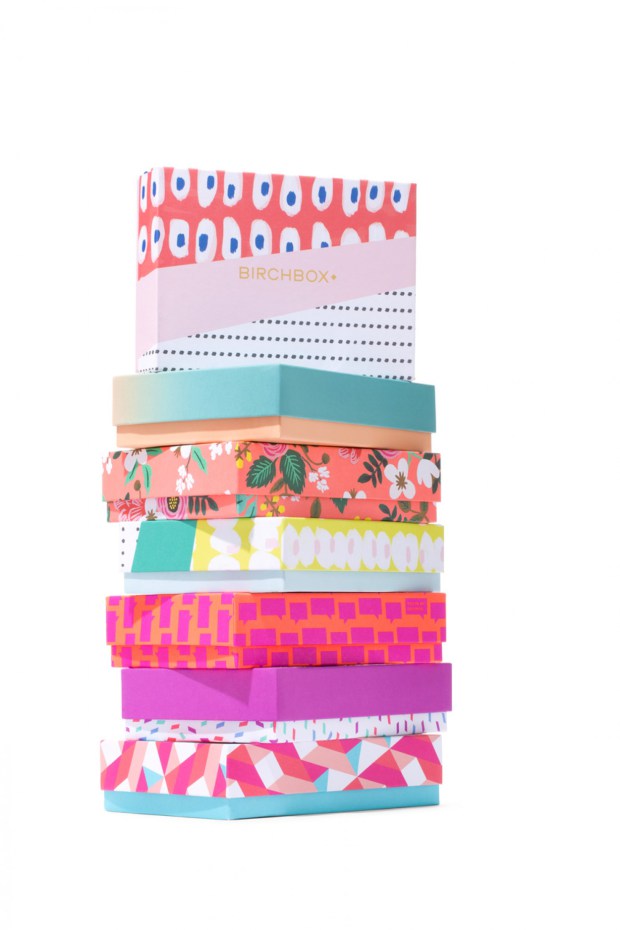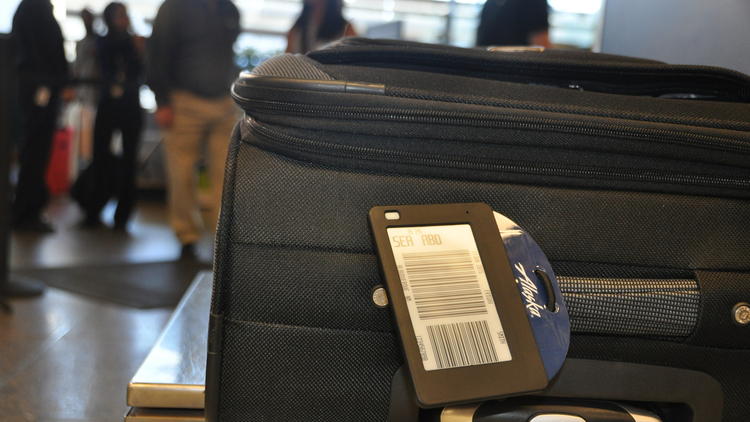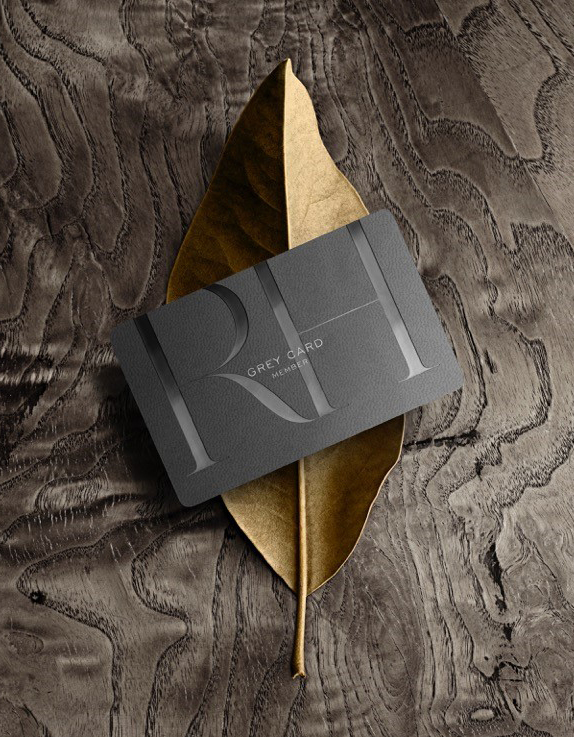Online retailers give the boring brown box on your doorstep an extreme makeover
Retailers trying to break through the Amazon juggernaut are turning front doorsteps into new branding canvases.

Online retailers are giving the humble cardboard box an extreme makeover, transforming a four-sided receptacle for delivering goods into the new shopping bag.
Out: brown, plain, boring.
In: neon colors, ornate lettering, glossy surfaces and geometric stenciling that looks like modern art.
By trying to replicate the delight and status jolt of in-person shopping — walking around New York with a Bloomingdale’s bag once signaled affluence — online retailers trying to break through the Amazon juggernaut are turning front doorsteps into new branding canvases.
As one box veteran puts it, “Every box tells a story.”
And the story often does not end with box cutters. Recipients post photos, videos and reviews online of the coolest boxes. Some re-purpose their boxes to store makeup, watches or even fishing lures. Others hang boxes on their walls, with dioramas inside.
“You all are going to be horrified,” one commenter wrote in an online discussion on a site that reviews boxes (such a thing really does exist), “but I just recycle them.”
This is the best of times for boxes. For decades, a stagnating economy and shift away from manufacturing flattened sales of corrugated and paperboard boxes. But in 2013, sales rebounded and have kept climbing, thanks to an improving economy and, analysts say, a fundamental shift in shopping habits.
Box sales are growing about 3 percent a year and will rise to nearly $40 billion in 2018, according to Katie Wieser, an analyst with the Freedonia Group, a market research firm. But boxes for e-commerce are growing even faster, at 4 percent. Amazon is thought to be the biggest customer, shipping nearly 5 billion packages a year.
Source: The Washington Post, August 21, 2016
MEDIA CONTACT:
KATY LASEE | MARKETING DEPT.
651 554 8533
KRLasee@traveltags.com
TAGS:
card fulfillment,
holidays,
trends






